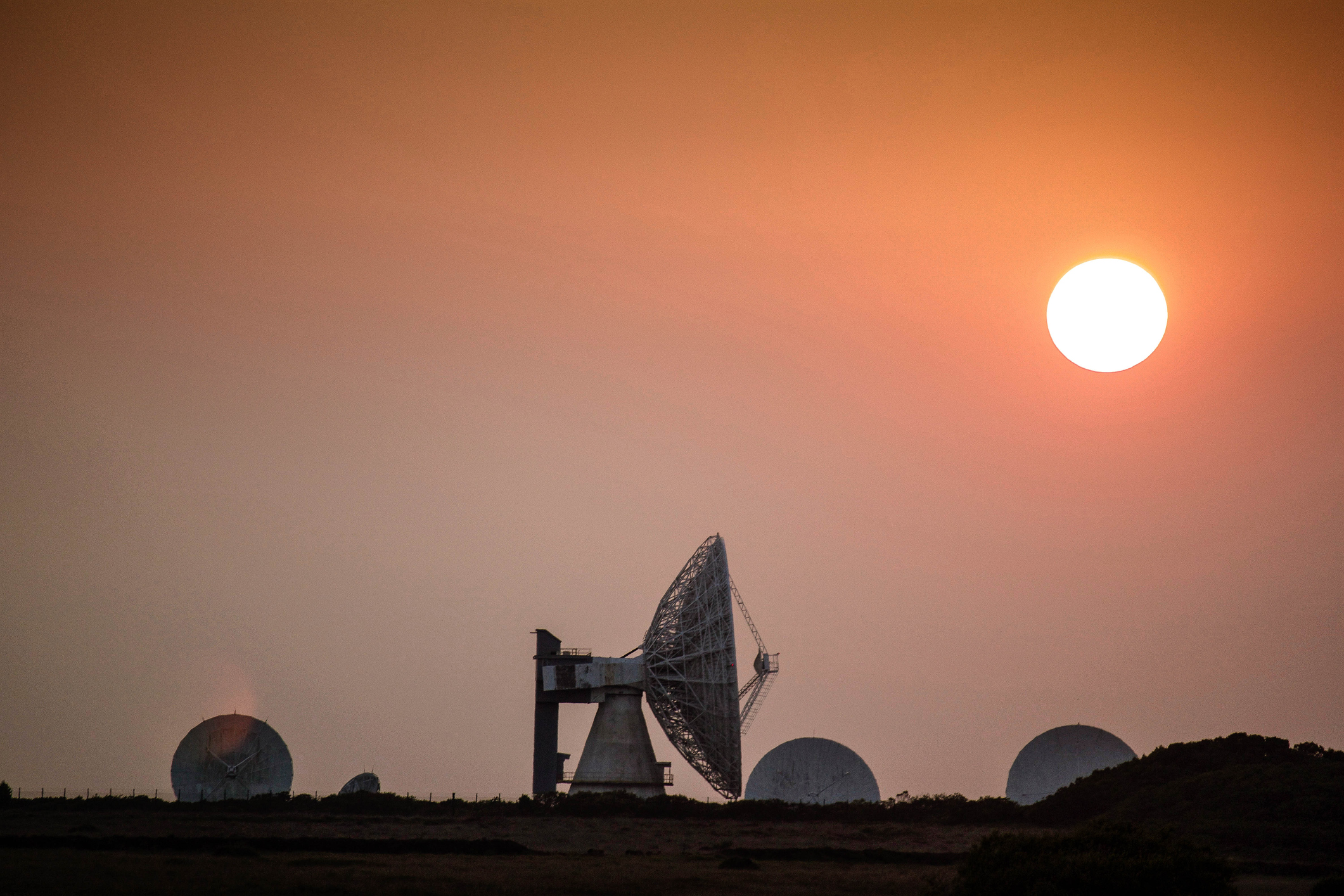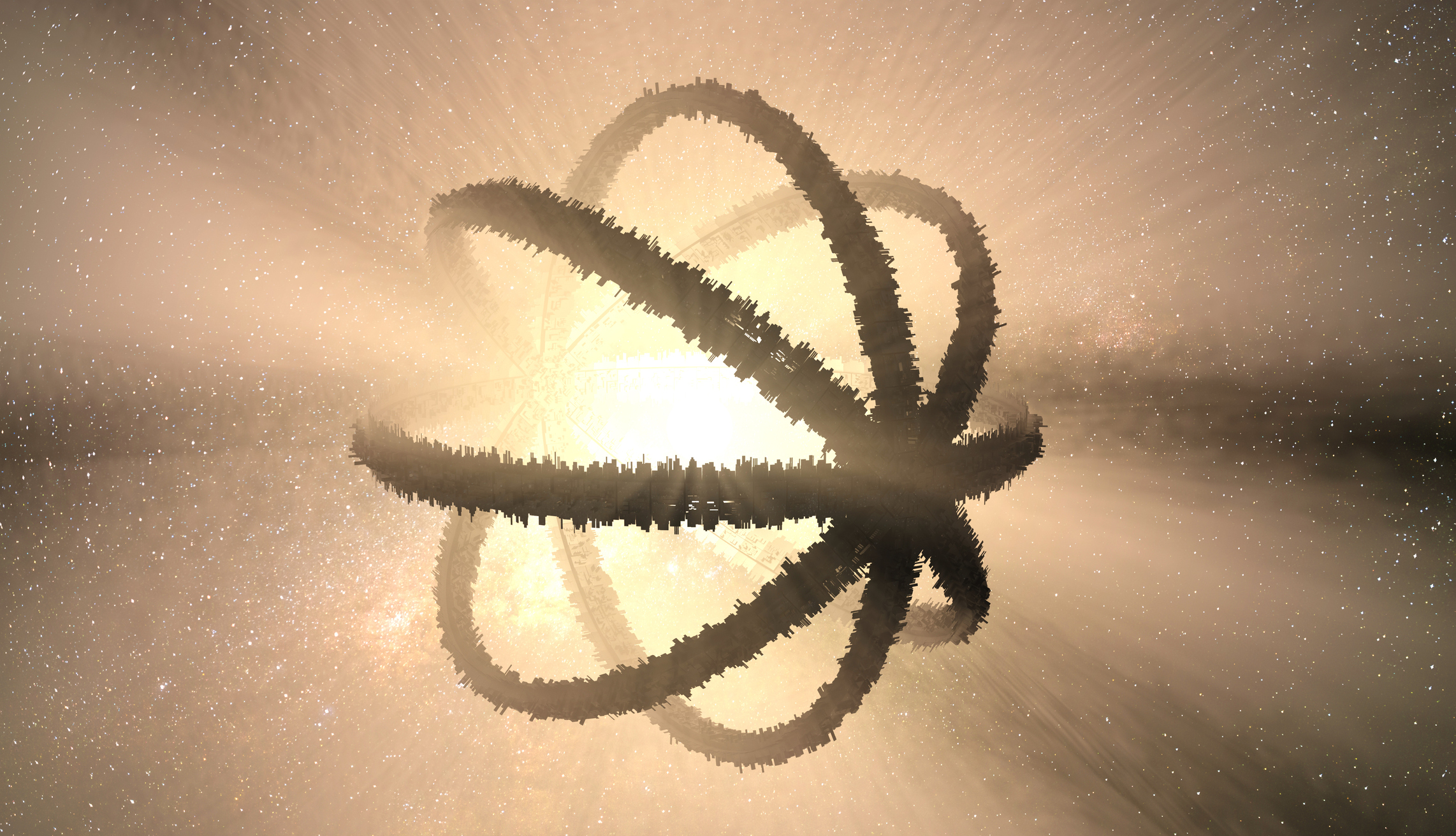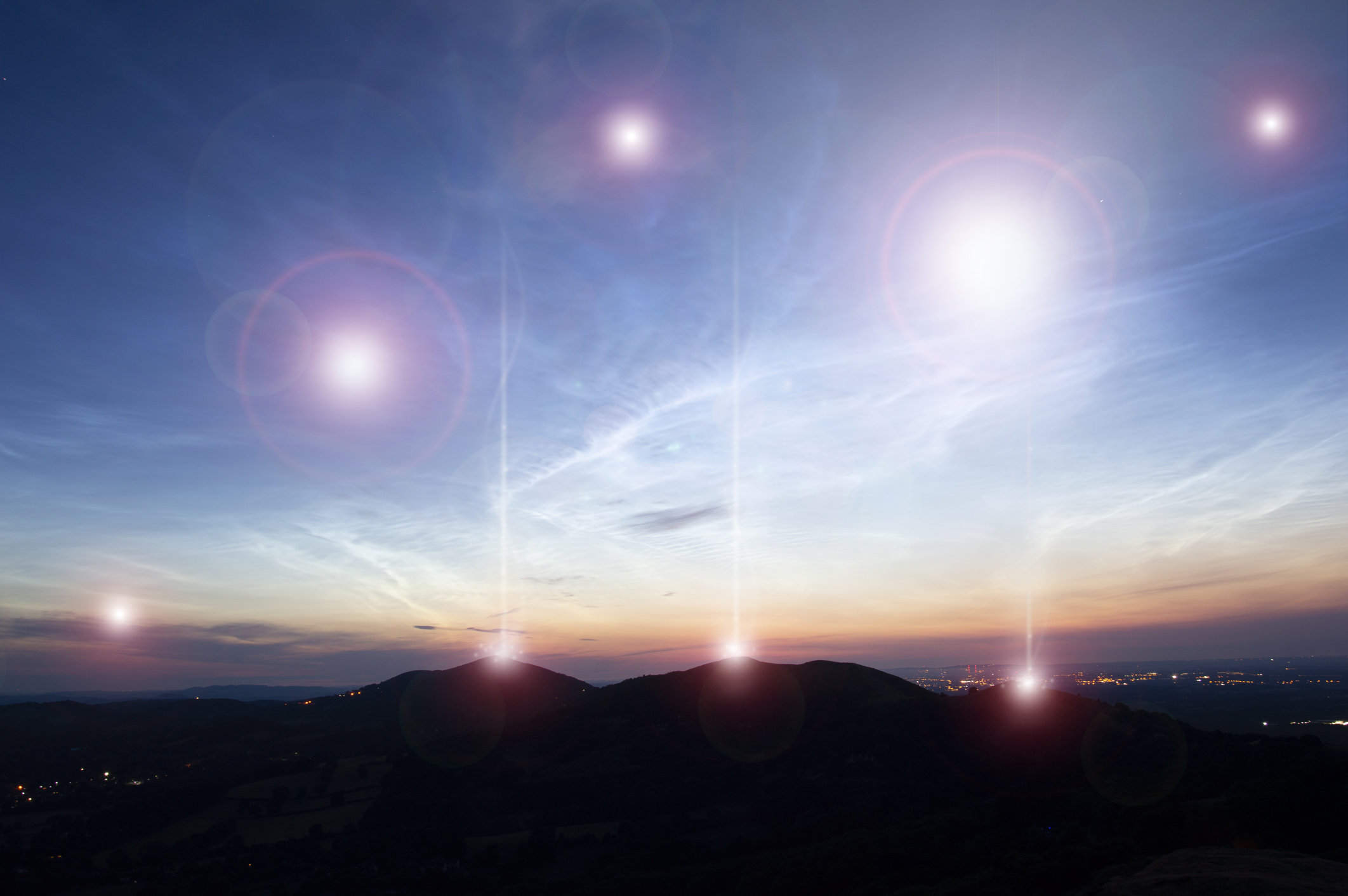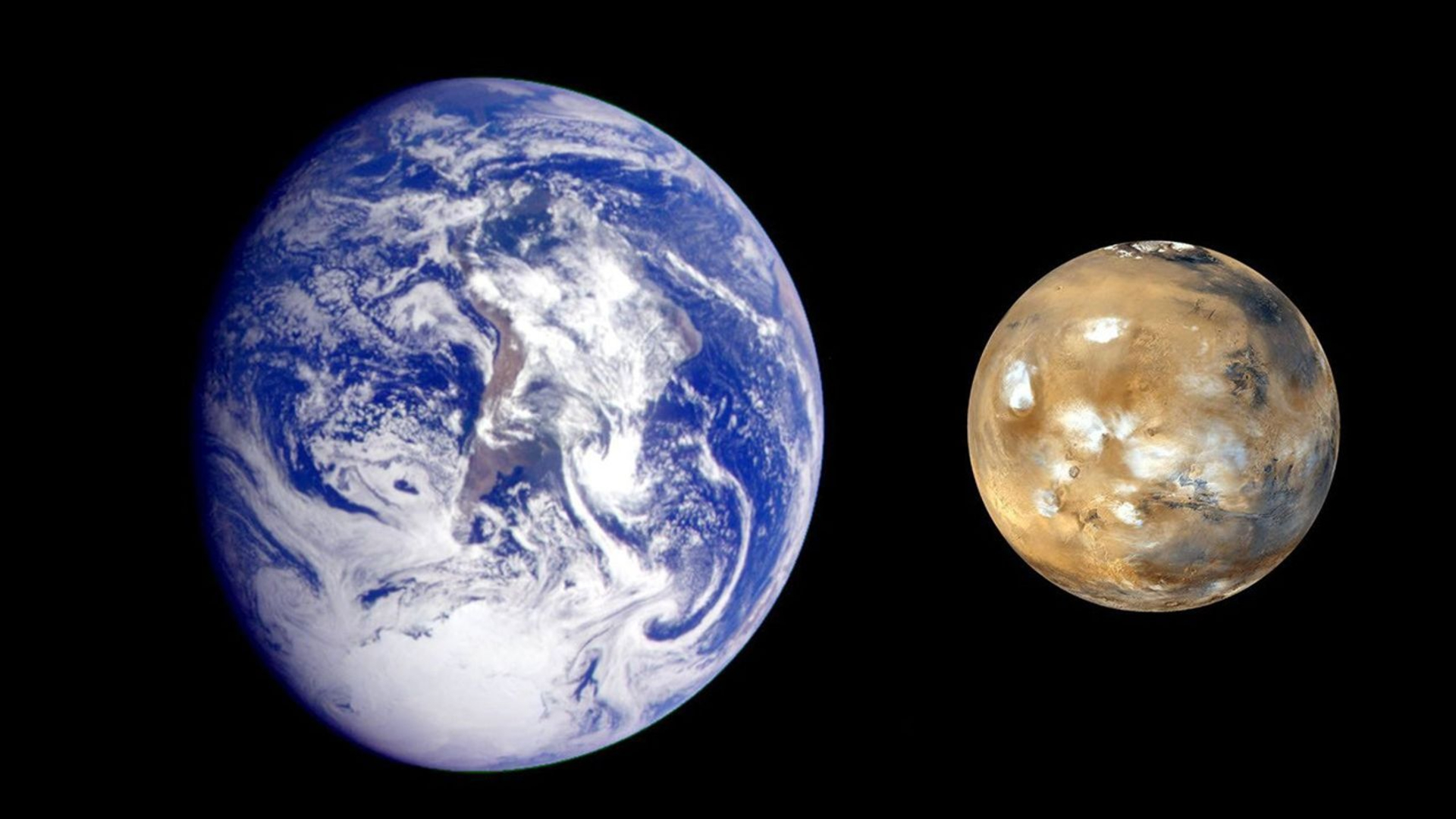10 things we learned about UFOs and aliens (or the lack thereof) in 2022
This year, humanity has continued attempts to answer the ultimate question: Are we alone in the universe?
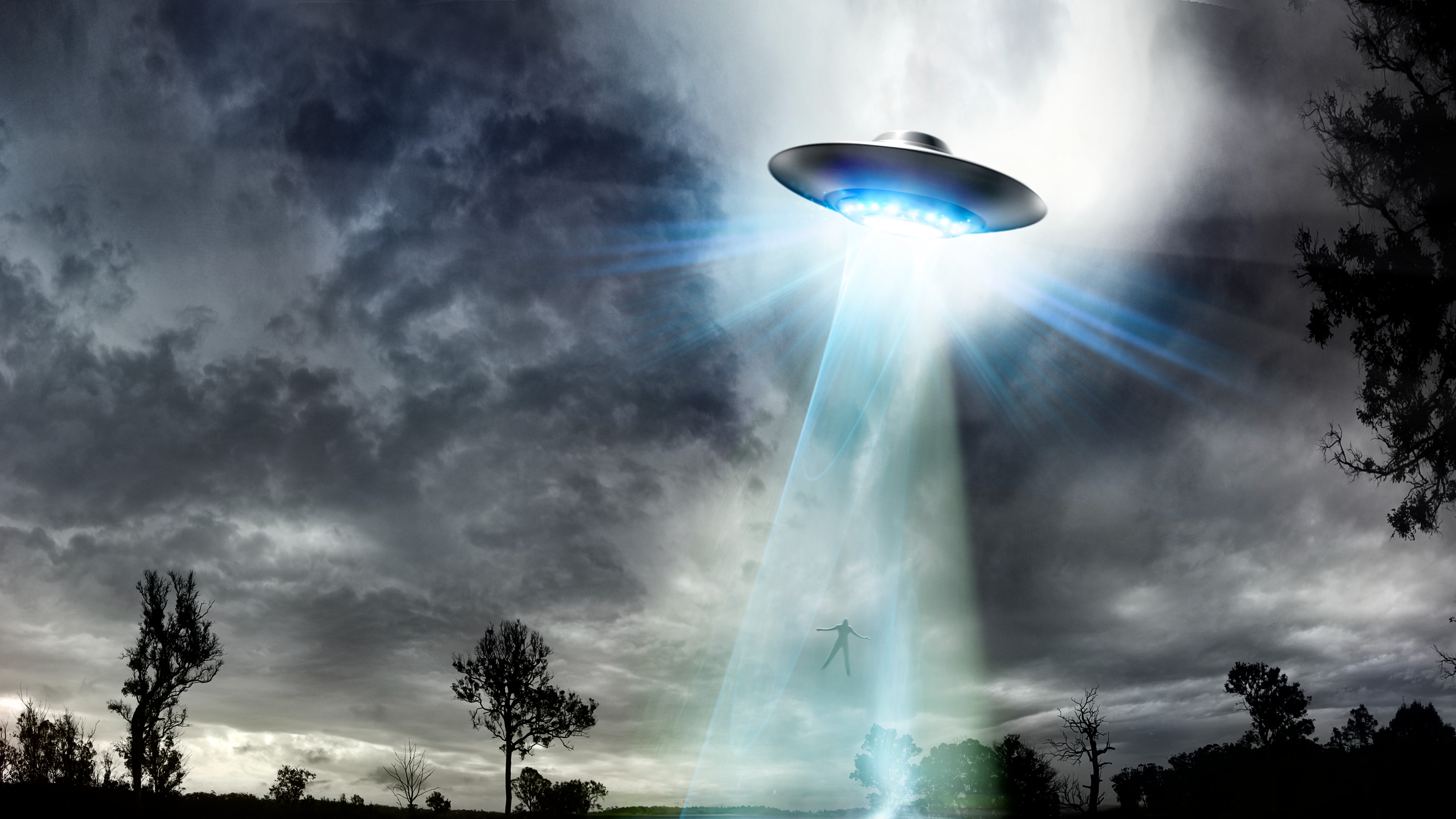
Few questions are as enticing and pressing for humanity as "Are we alone in the universe?" The search for extraterrestrial life has thus become key to understanding our own place in the cosmos.
Such a search couldn't be wider in scope, ranging from sightings of unidentified flying objects (UFOs), also known as unidentified aerial phenomena (UAPs), to the investigation of signals from beyond the solar system.
Now, with the most powerful telescope ever placed into orbit set to investigate alien worlds, the search for life among the stars has never seemed more promising.
Despite some novel research ideas and a renewed commitment to the investigation of UFOs, however, 2022 can be characterized by steps forward and frustrating setbacks.
Related: If aliens have visited the solar system, here's how to find clues they left
1. UFO 'turning point'
Following an upswing in sightings of UAPs in 2021, experts told Space.com in January 2022 that the next 12 months could be important for the investigation of such mysterious objects.
"The effort to detect, track and measure the UFO phenomenon in the field, in real time, has recently entered a new phase," Mark Rodeghier, scientific director of the Center for UFO Studies in Chicago, told Space.com. "The technology has gotten better, software tools have improved and the current interest in UFOs has attracted new, qualified professionals.
Breaking space news, the latest updates on rocket launches, skywatching events and more!
"As a consequence, we will have even more evidence — as if it was needed — that the UFO phenomenon is real and can be studied scientifically," he added.
The U.S. government is also getting serious about UFOs. In 2021, following a UAP report issued by the U.S. military and intelligence community, Congress urged the establishment of a formal office to carry out a "coordinated effort" on the collection and analysis of data related to UAPs.
On Dec. 27, 2021, President Joe Biden signed the $768.2 billion National Defense Authorization Act for Fiscal Year 2022, which included a provision for the establishment of the Airborne Object Identification, and Management Synchronization Group, although the office will not focus explicitly on the search for alien life.
2. Declassified UFO reports
A popular theme among UFO enthusiasts is how much various governmental agencies know about these mysterious objects and their possible origins. Conspiracy theories abound that the "truth" about UFOs is kept from the public and suppressed by governmental bodies.
In April 2022, a Freedom of Information Act request filed by the U.S. arm of the British tabloid The Sun four years earlier prompted the U.S. Defense Intelligence Agency to release 1,574 pages of "UFO-related" material to the newspaper. The Sun reported that the material originating from the Advanced Aerospace Threat Identification Program (AATIP), a U.S. Department of Defense program that operated between 2007 and 2012, included 42 medical cases and 300 unpublished cases of humans sustaining injuries after alleged encounters with "anomalous vehicles," including UFOs.
According to the report, humans had shown burn injuries or other conditions related to electromagnetic radiation. Also detailed were cases of brain damage, nerve damage, heart palpitations and headaches related to anomalous vehicle encounters.
However, it's unclear what kind of vetting process the AATIP used to investigate these alleged incidents, or if there was any vetting process at all.
3. Another Fermi paradox proposal
Where are all the aliens? In May 2022, two scientists proposed a disturbing solution to the so-called Fermi paradox: Maybe a civilization intelligent enough to develop space travel would eventually develop to a point where their energy demands would outpace innovation, resulting in the collapse of that civilization.
Alternatively, an alien civilization could maintain equilibrium, stagnating as a result. To avert their doom, civilizations could undergo a "homeostatic awakening," redirecting their production away from growth across the stars, societal well-being, sustainable development and environmental harmony, but with the ability to spread across the stars sacrificed, the scientists said.
The one positive? The signals from dying civilizations could be relatively easy to detect from Earth because of their huge dissipation of energy. "This presents the possibility that a good many of humanity's initial detections of extraterrestrial life may be of the intelligent, though not yet wise, kind," the scientists wrote.
4. A climate alert to aliens
In May, researchers aimed to send a message to notify aliens of Earth's climate crisis and possibly request aid.
The message was devised by a group called Messaging Extraterrestrial Intelligence (METI) International, which wants to send a message encoded within a radio signal to the TRAPPIST-1 planetary system, which hosts at least seven Earth-like planets.
"Any aliens receiving our message won't be surprised to hear about our climate crisis," Douglas Vakoch, president of METI International, told Space.com. "They've had decades to observe our plight from afar."
The message begins with the periodic table of elements, with the METI team rationalizing that the chemical elements are universal. With this opening establishing common ground, the team's message can then move on to the subject of climate change on Earth.
The scientists hope that, given the 13.8 billion-year history of the universe and the relative youth of humanity, an alien civilization receiving the message may be older and more advanced than ours and could thus offer assistance in mitigating climate change.
The METI team isn't expecting a return message anytime soon, however. Even if our missive is immediately received and translated, at 39 light-years away, it would take 78 years for us to receive the reply.
5. Alien signals? Not so fast!
In June 2022, the suggestion that China's Five-hundred-meter Aperture Spherical radio Telescope (FAST) might have detected the signal from an alien civilization set the internet buzzing, but this enthusiasm was promptly curbed.
FAST had detected three narrow-band radio signals that seemed to come from space between 2019 and 2022. The signals were initially exciting, as natural sources don't produce this type of radio signal. The team described the signals as "several cases of possible technological traces and extraterrestrial civilizations from outside the Earth."
However, some researchers weren't sold. Dan Werthimer, a SETI expert at the University of Berkeley, California, who was also part of the research project, said the signals were the result of human interference, not intelligent alien life.
"The big problem, and the problem in this particular case, is that we're looking for signals from extraterrestrials, but what we find is a zillion signals from terrestrials," Werthimer said. "They're very weak signals, but the cryogenic receivers on the telescopes are super sensitive and can pick up signals from cell phones, television, radar, and satellites — and there are more and more satellites in the sky every day.
"If you're kind of new in the game, and you don't know all these different ways that interference can get into your data and corrupt it, it's pretty easy to get excited," he added.
6. Dyson sphere hangouts?
In June, a team of scientists suggested that planets may not be the location of choice for intelligent life. Instead, advanced civilizations may dwell on so-called Dyson spheres orbiting the remnants of sunlike stars known as white dwarfs. An advanced civilization would need huge amounts of energy, and even totally coating their world with energy-gathering solar panels would not be enough to harvest this, they said.
Additionally, before stars like the sun become white dwarfs, they swell up as red giants, which would mean advanced civilizations would have to move from the surface of their world and thus create new artificial habitats around their star, the study authors suggested. These habitats could take the form of Dyson spheres, first suggested by scientist Freeman Dyson in the 1960s. Rings or swarms of these spheres could form "megastructures" packed with solar-energy-harvesting technology that could be created by advanced civilizations around their cooling star.
If astronomers look for Dyson spheres around white dwarfs and find none, this may help us estimate how many advanced civilizations exist in the cosmos. But this search could be challenging.
"If any Dyson spheres do exist, they will likely be hard to find because there are so many stars that must be searched," study co-author Ben Zuckerman, an emeritus professor of physics and astronomy at the University of California, Los Angeles, told Space.com sister site Live Science. "The signal from the Dyson sphere will likely be very faint compared to the star about which it orbits."
7. NASA UFO study
In June 2022, NASA announced that it intended to begin a scientific study into UAPs, with this effort intensifying over subsequent months. The main goals of the study are to identify and characterize available UAP data, lay out the optimal way of collecting future observations, and determine how NASA can use this data to advance the understanding of mysterious objects in the sky.
"Exploring the unknown in space and the atmosphere is at the heart of who we are at NASA," Thomas Zurbuchen, associate administrator of NASA's Science Mission Directorate, said in an Oct. 21 update on the project. "Understanding the data we have surrounding unidentified aerial phenomena is critical to helping us draw scientific conclusions about what is happening in our skies. Data is the language of scientists and makes the unexplainable explainable."
The panel of experts, which includes physicists as well as former NASA astronaut Scott Kelly, began their work, which is expected to last nine months, on Oct. 24, 2022.
8. Search for alien artifacts
Considering the solar system is around 4.5 billion years old and humanity has existed for a small fraction of that time, it's possible that advanced civilizations have already visited our neighborhood and moved on.
In October 2022, scientists suggested that such extraterrestrial life-forms could have left signs of their visit scattered throughout the solar system. Of these artifacts, the most obvious would be dead and leftover spacecraft, probes and just debris on the surface of planets or moons, similar to the technological leftovers humanity has spread in locations like the moon and Mars.
Along these lines, intelligent aliens may have left probes or spacecraft in orbit around planets or moons that are either long dead or still operational. From our vantage point, these would resemble comets or asteroids, only revealing their true nature upon close inspection.
The authors also suggested that alien craft would need propulsion for interstellar jaunts, which could leave exhaust plumes that space telescopes could detect.
9. 'Airborne clutter'
In October 2022, U.S. Department of Defense officials said the country's intelligence agencies had spent years analyzing footage of hundreds of UFO/UAP sightings and concluded that most definitely weren't aliens.
Many UAPs were likely just airborne clutter, such as weather balloons, and several UAP incidents had been officially identified as "relatively ordinary" Chinese surveillance drones, they said.
Moreover, sightings in which UFOs appeared to defy the laws of physics, including a famous U.S. Navy aircraft-recorded video of a UAP encounter that leaked in 2018, were the result of optical illusions.
10. Exoplanet's potential for life
In November 2022, the James Webb Space Telescope (Webb) stared deep into the atmosphere of the exoplanet WASP-39 b to build a comprehensive chemical and molecular profile.
"We observed the exoplanet with multiple instruments that, together, provide a broad swath of the infrared spectrum and a panoply of chemical fingerprints inaccessible until [this mission],” Natalie Batalha, an astronomer and research contributor at the University of California, Santa Cruz, said in a statement. "Data like these are a game changer."
The picture of WASP-39 b's atmosphere represents an exciting development in the search for life elsewhere in the cosmos, as Webb is currently looking intently at the TRAPPIST-1 system, which consists of seven Earth-like rocky worlds orbiting a cool star.
Excitingly, one of these planets, TRAPPIST-1e, orbits its parent star in the habitable zone, the region with the right temperatures to allow for the existence of liquid water, a key ingredient for life. As Webb intensely studies the atmosphere of TRAPPIST-1e, often described as the most "potentially habitable" exoplanet ever discovered, it will look for molecules that could have been produced by life.
Follow us on Twitter @Spacedotcom or on Facebook.

Robert Lea is a science journalist in the U.K. whose articles have been published in Physics World, New Scientist, Astronomy Magazine, All About Space, Newsweek and ZME Science. He also writes about science communication for Elsevier and the European Journal of Physics. Rob holds a bachelor of science degree in physics and astronomy from the U.K.’s Open University. Follow him on Twitter @sciencef1rst.



